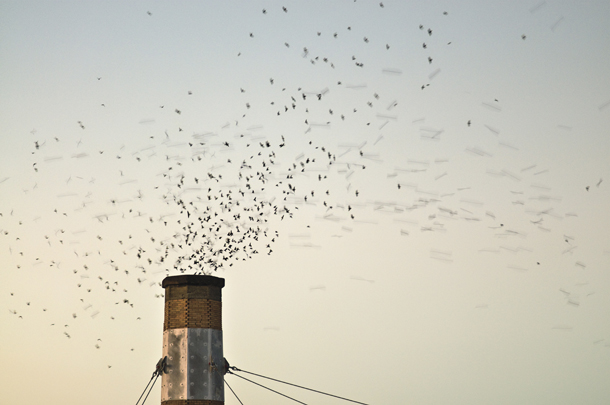For some time now I’ve been fixated on the habits and habitats of chimney swifts. They are remarkable creatures. They are insectivores, incredibly acrobatic, and amazingly adapted to human habitation. The evolution of the Chimney Swift is closely intertwined with modernity and the changing habitats of humans. Although originally nesting in caves and rotted trees, Chimney Swifts now primarily nest in, well — chimneys and other man-made habitats. They adapted to chimneys in the first place due to a scarcity of standing, rotted trees – as these have a tendency to fall onto property and are quickly taken down at the first signs of instability. Chimneys, smokestacks and other tall tube-like structures – often occurring in proximity to the fallen tree – provided an easy proxy. Though, as likely most of you reading this will recognize, chimneys themselves are falling out of fashion or simply not being built. Thus the condition and opportunity originally created by Human activity is now being undone once again.
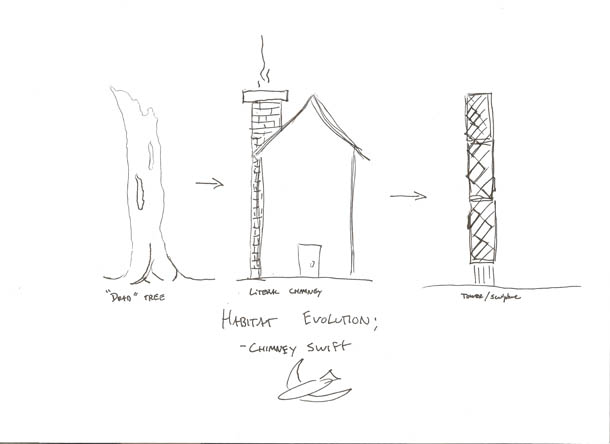
Will the swifts adapt along with us this time? Perhaps it’s too soon to know. One thing is clear however, that in many developing cities around the world their habitats are diminishing. Enter the stand-alone chimney swift tower.
Chimney swift towers are man-made tube structures generally between 12 and 30 feet and roughly 2 feet wide that are designed and constructed specifically for chimney swift nesting. Designs and “how-to” guides are readily available online for construction. The most common structure is wooden posts stabilized in a concrete foundation wrapped in wood sheathing. Construction is neither terribly complex nor time consuming and materials are all very affordable. But, to achieve a sense of scale and deployment that equals the number of chimneys in cities of the past, even these modest costs are prohibitive.
In a partnership with a local civic group The Expanded Environment has started to develop a swift tower constructed from concrete culverts. Culverts are are produced in huge quantities, at a range of sizes and shapes and if stacked would make an ideal nesting surface for the birds. Early renderings and sketches are included below. We will keep you updated on our progress. And if you would be interested in constructing one of these yourself let us know!
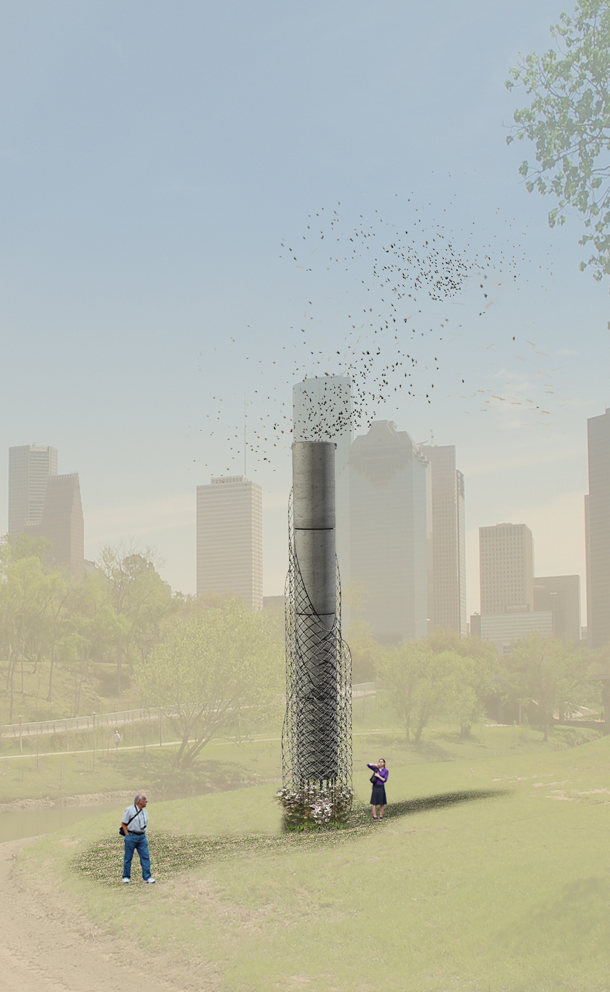
Concept rendering of swift tower assembled of concrete culverts.
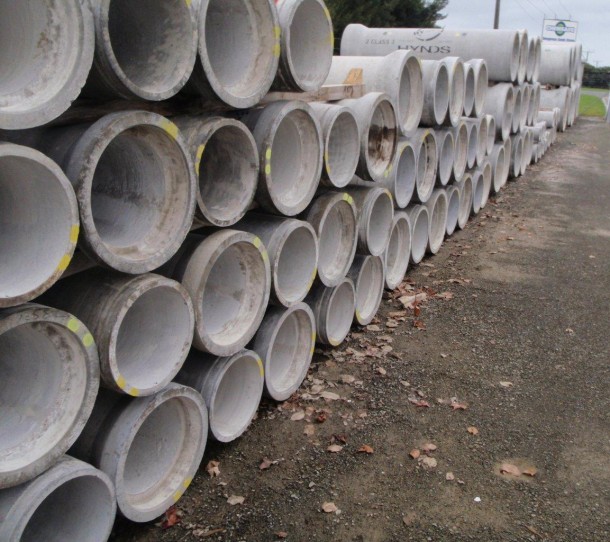
Concrete culverts stacked for storage
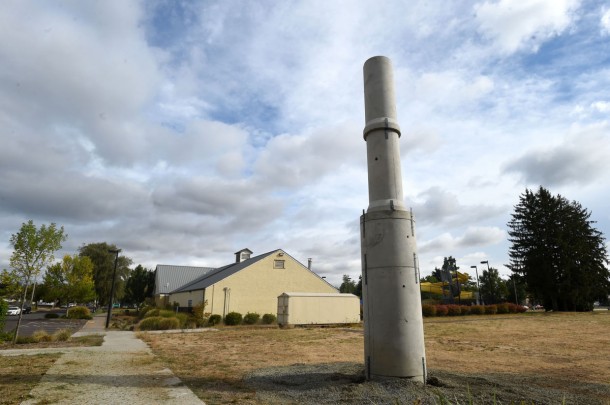
Culvert Chimney Swift tower, Oregon.
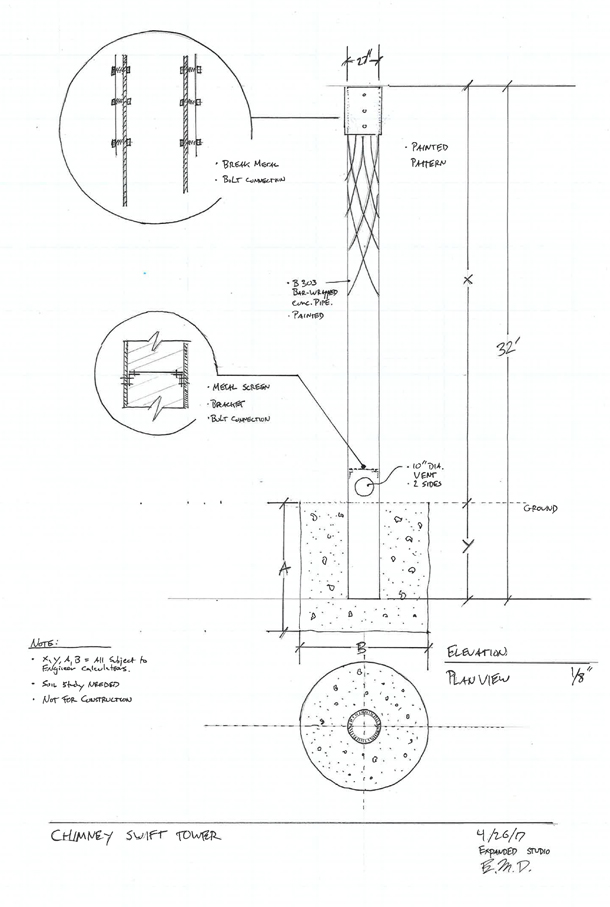
Design Development Drawings based on B-303 Bar Wrapped Concrete culvert
Other Resources:
Drawing for concrete culvert Swift Tower

